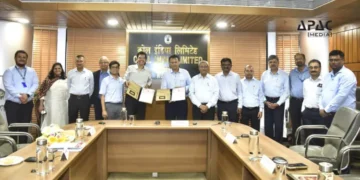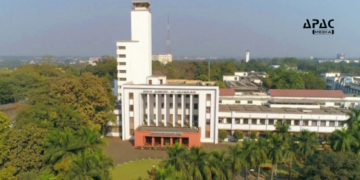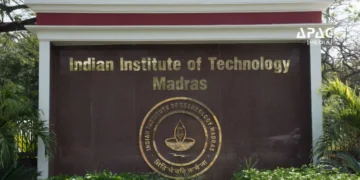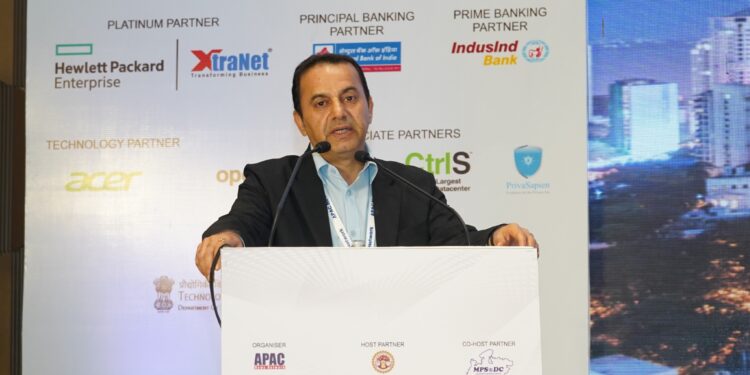Bhopal: Digital transformation is an ongoing process that consistently reshapes the way individuals, businesses, and societies operate in the modern world. A successful digital transformation requires a vision, innovation, and continuous improvement, keeping in mind the rapid digital advancements.
Talking about accelerating digital transformation at the 4th IDEM, held in Madhya Pradesh from August 11 to 12, Mayank Chaturvedi, Country Manager, Public Sector, Hewlett Packard Enterprise India said, “In today’s age of digital transformation, public & private sector companies are working as strategic partners which is shaping future for all of us. We are living in the era of the digital economy and for that being connected is a necessity.”
How to ensure connectivity in a digital economy?
Connectivity in a digital economy encompasses internet access, mobile networks, broadband infrastructure, and IoT connectivity. It simplifies online transactions, remote work, data exchange, and the growth of digital services like cloud computing and e-commerce. Connectivity also promotes the Internet of Things, enabling devices to collect and transmit data, while cybersecurity measures are important to protect digital assets.
Mayank Chaturvedi says, “We need to focus on digitising workflows, driving efficiencies and making sure that data is available in an effective and efficient way, so that meaningful information can be shared by the decision makers.”
In the digital economy, the availability and reliability of connectivity are of the utmost importance. It empowers individuals and businesses to access information, conduct transactions, collaborate, and innovate, making it essential for economic growth and participation in the modern digital landscape.
What are the four pillars of the hybrid world and how do we manage them?
“We need to focus on churning out meaningful data for decision making. The challenge is to manage four pillars of the hybrid world- data centre, edge, collocation and public cloud,” said Mayank Chaturvedi. Lets find out more about them:
1. Data Centres: Data centres are centralised hubs where a company’s digital information and applications are stored and processed. They should be set up efficiently, securely, and with the ability to scale as the needs of the company grow. Regular monitoring of data centres help ensure that they run smoothly.
2. Edge Computing: Edge computing involves putting smaller data processing devices closer to where data is generated (like IoT sensors) to reduce delays in data analysis. Choosing the right locations for these devices, securing and managing them remotely is of the utmost importance.
3. Colocation Facilities: Colocation facilities are external data centre spaces rented from providers. One should select providers that match their needs, set clear agreements for uptime and security, and use them for connecting with other businesses or cloud services.
4. Public Cloud: Public clouds provide on-demand computing resources over the internet. One should opt for multiple cloud providers to avoid dependency, manage costs closely, prioritise security and compliance, and ensure smooth integration with existing infrastructure.
What is HPE GreenLake?
Chaturvedi said, “We are offering HPE GreenLake to complete customers’ hybrid cloud strategy.”
HPE GreenLake is a hybrid cloud solution from HPE that combines on-premises infrastructure and cloud flexibility. It allows businesses to use and pay for IT resources on a flexible, pay-as-you-go basis, similar to how they might use public cloud services. Through GreenLake, HPE also takes care of the management and support of the infrastructure, freeing up IT teams to focus on more strategic tasks. This solution offers scalability, security, and customisation options, making it a valuable choice for organisations looking to optimise their IT operations.




































































Discussion about this post